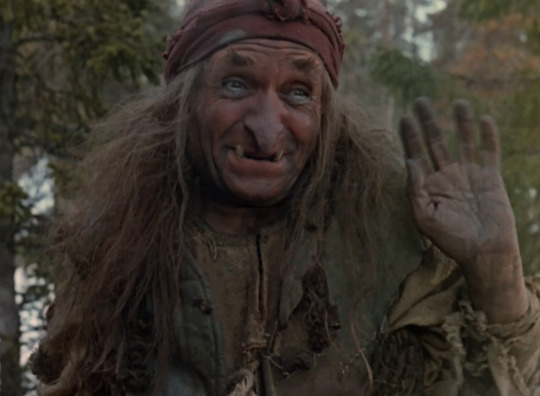#father frost morozko
Text
Fun fact:
This icon
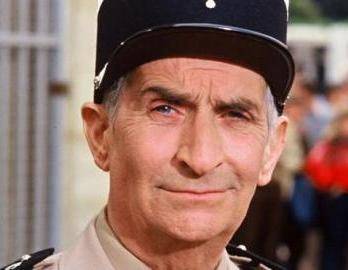
and this icon
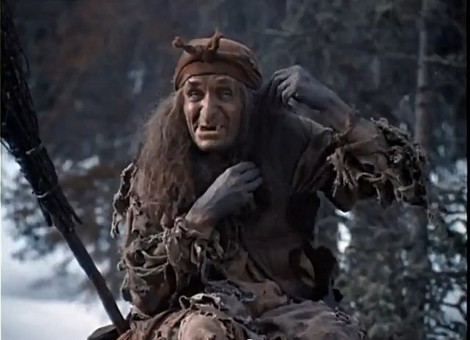
have the same voice actor in the czech dub :)
#and he’s the biggest icon#františek filipovský je národní klenot#czech dub#mrazík#četníci ze saint tropez#louis de funès#le gendarme de saint-tropez#the troops of st. tropez#father frost morozko#father frost#morozko#movies#iconic movies#french movie#russian movie#czech voice actor
95 notes
·
View notes
Text

Pavel Ponomarenko's illustration for russian tale "Morozko".
#pavel ponomarenko#павел пономаренко#morozko#морозко#father frost#russian#russian tales#russian art#russian illustration#illustration#tale illustration#slavic#slavic tales#русские сказки
83 notes
·
View notes
Text
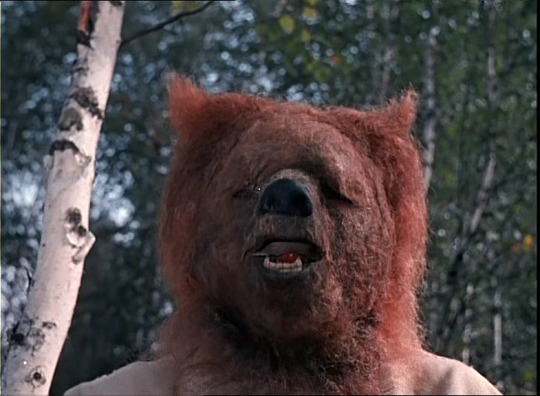
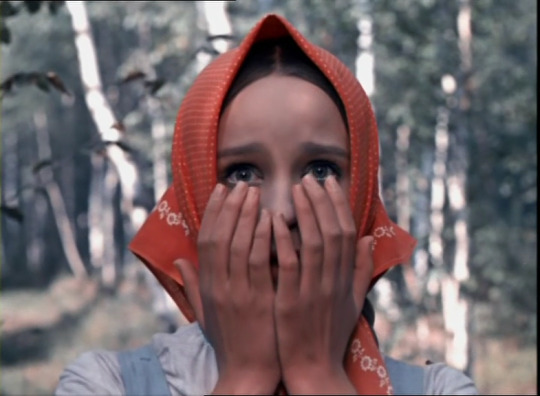
Morozko (Морозко) - Alexandre Rou - 1964 - Soviet Union
71 notes
·
View notes
Text
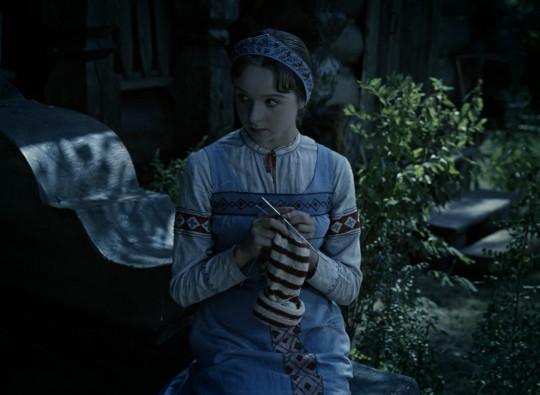


Father Frost, Aleksandr Rou, 1964
#Father Frost#Aleksandr Rou#1964#Jack Frost#Frosty#Morozko#Морозко#Alexander Rou#Soviet Cinema#1960s
15 notes
·
View notes
Text
#the wonderful world of the brothers grimm#morozko#father frost#jack frost#carevo novo ruho#the emperor's new clothes#skazka o tsare saltane#the tale of tsar saltan#tsar saltan#šíleně smutná princezna#the incredibly sad princess#silene smutna princezna#tinereţe fără bătrâneţe#kingdom in the clouds#youth without old age#schneewittchen#snow white and the seven dwarfs#snow white#mästerkatten i stövlar#puss in boots#popelka#cinderella
10 notes
·
View notes
Text
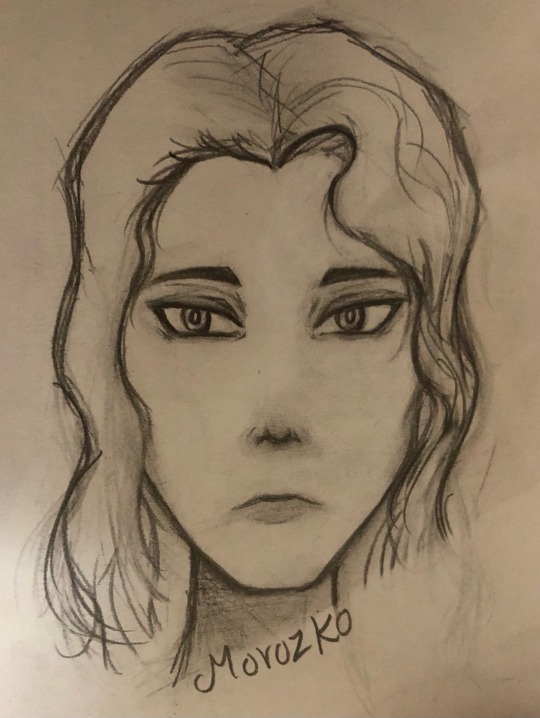
I have never studied drawing, don't judge me.
#the bear and the nightingale#the girl in the tower#the winter of the witch#the winternight trilogy#morozko#karachun#father frost#katherine arden#drawing#fanart
1 note
·
View note
Text
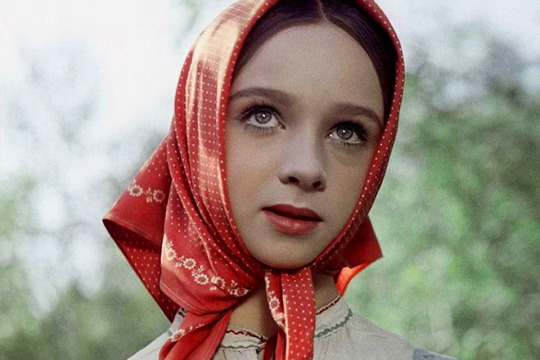




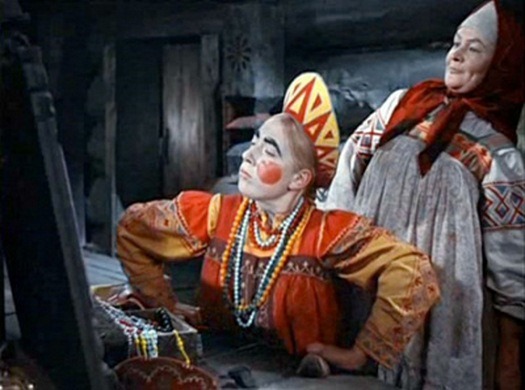
Морозко (1964)/Morozko(Father Frost) (1964)
1 note
·
View note
Text
So I looked up what a character in the book I'm reading looks like and.....
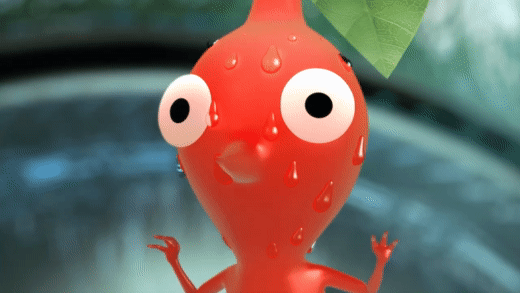
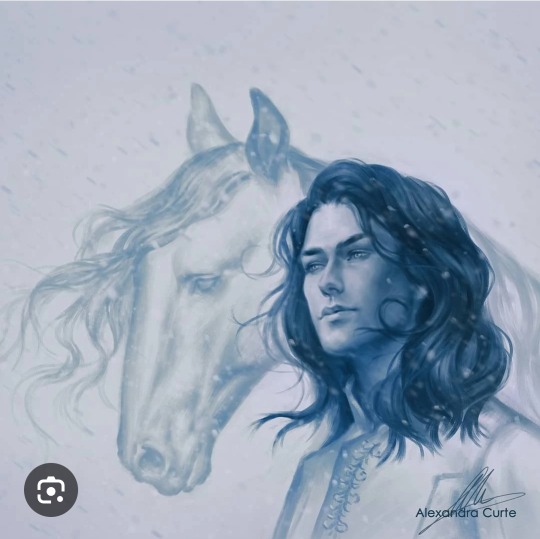
Like he's described as having a shaven face to make him look young and yet eyes that seem like they're elderly but HE'S DEFINITELYA LOOKER
#OH NO HES HOT#its morozko btw#father frost#guess you could call him daddy frost IF YOU CATCH MY MEANING LADIES#outofcakes [ooc]
0 notes
Text
youtube
abandoned in the snow in hopes of being showered with treasure by the winter king
you’ll be the first to admit that perhaps your mother had been harsh when it came to her new husband’s daughter. no one deserves to be driven out into the middle of the forest and abandoned, certainly not when the snow is piled up this high. and frankly, you had been relieved when she’d arrived home safely. there was comfort in the idea that your mother was not an actual murderess, if only an attempted one. maybe it had rankled a little bit that your step-sister had come through the door bundled up in furs, riding a sleigh full of treasure. how she had managed to pull that off, you’ll never understand. but at the end of the day, she brought those furs and that treasure to your shared home. there was enough there for all of you to live comfortably for the rest of your days! certainly you did not think that y’all needed more.
and yet your mother had insisted. whatever your step-sister had managed to accomplish out here to have come home with all that finery, your mother was sure you could do the same. and so here you are! freezing your hide off in the middle of nowhere. and oh god, have your fingers always been that shade of blue?
before you can dwell too much further on whether the cold has addled your brain, something stirs overhead, sending a heap of snow crashing down off an upper branch and onto the ground beside you. you feel yourself jump away on instinct, but you’ve stumbled backwards into something sturdy. not a tree, you realize, as you turn around to see an undeniably strange man, eyes wild, dressed in fur and velvet the cold blue of ice. the same cold blue as your fingertips, you think wryly.
“well, maiden,” he says to you, “are you warm?”
he’s got to be kidding.
#father frost#jack frost#folklore#winter king#ambiance#snow#flash fiction#original fiction#insofar as it can be original when you're just doing a fairy tale retelling#once upon a time#morozko#Youtube
1 note
·
View note
Note
have you ever watched the popelku (cinderella ish) film?? it's a winter classic here in germany and in the czech republic but i'm wondering if it's popular in slovakia too? since it was a collaboration between ddr and czechoslovakia back in the day but it's only in german and czech (i think) so idk how people in slovakia feel about it
Oh my goodness. One thing people need to know is Czechoslovakian film did not fuck around!!! The costumes and sets are all incredible. Popelku is probably one of the most popular - if not the most. It's a lovely cinderella retelling. The title can be translated to three wishes for cinderella or three nuts for cinderella lmao


We tend to watch a dubbed Russian one which is hilarious (Morozko - Russian, Mrazík - Czech) about father frost, a cinderella type girl, a selfish man who's turned into a bear and baba yaga. It's a mix of different fairytales.
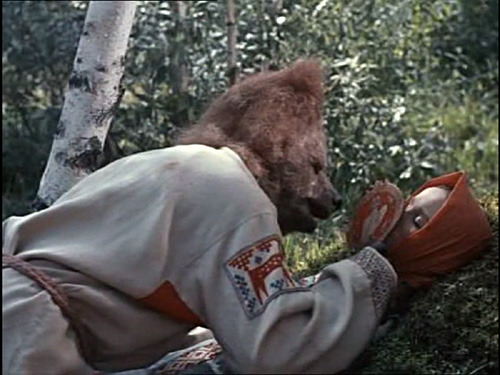


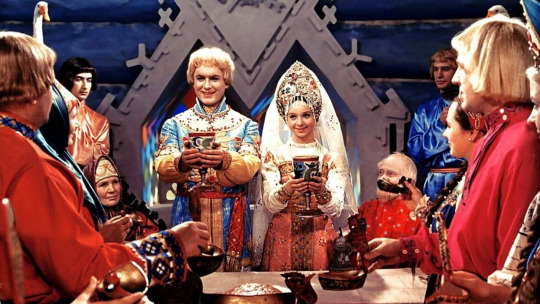
Under here I'll put more Czechoslovak films that i love
Give the devil his due (s čerty nejsou žerty) - a demon takes the wrong person to hell, a magical wolf's tail and 3 wishes. This one is super popular too.

The Girl on the broomstick (Dívka na koštěti) - facing 300 years detention, a witch escapes to the human world

Cosy dens (pelísky) - about a block of flats during russian occupation at christmas-time and subsequent prague spring of 1968. This is a really good insight to communism in czechoslovakia - you could only have the boots that were allowed. The son has new boots from usa (i think) and haircut like the beatles. a girl argues with her dad because she says the food is like italian gnocci rather than czech dumplings. It's very good!

PelísI
I enjoy the world with you (S tebou mě baví svět) - a group of dads take their kids to a cabin in winter for skiing etc and just total carnage because they're in charge (it's so funny)
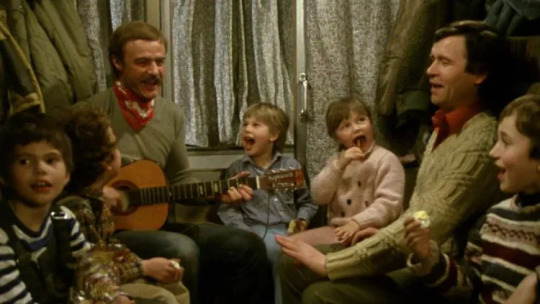
The insanely sad princess - (Šílene smutná princezna) - both want true love but are being put into an arranged marriage

The princess with the golden star (Princezna se zlatou hvězdou) - fleeing an evil king (and future husband) into the arms of a handsome man and also has a golden star on her forehead

and one of my favourites is called vodník in slovak according to my partner but i literally cannot find it anywhere?? It's about people who live in an underwater world and can move on the land as a vodnik in folklore is like a water creature.
anyway old czechoslovakian movies were real cinema
21 notes
·
View notes
Text
The Bear the Nightingale Book Review

The Bear and the Nightingale by Katherine Arden Book Review
This book is so different from what I would normally read.
I was browsing the shelves at Barnes and Noble as I’m prone to do when I picked up a YA book with a beautiful cover.
I don’t recall what the book was, but I decided to check out the reviews for it on Goodreads to determine whether I should purchase it or not.
On Goodreads, the overwhelming statement being made about this forgotten YA book was that it was the poor man’s version of The Bear and the Nightingale.
Intrigued, I wandered a shelf or two over until I found The Bear and the Nightingale itself and decided to buy it. The Bear and the Nightingale at its core is a novel steeped in Russian folklore.
It tells the story of Vasilisa Petrovna, a young girl with the powers to see spirits and otherworldly creatures.
Starting from Vasya’s birth up until she’s on the brink of womanhood, you learn about Vasya’s mother Marina, who dies in childbirth, all of Vasya’s siblings, her father, Pyotr, and their small Russian village on the outskirts of metropolitan cities like Moscow and Vladimir.
The plot revolves around Vasya’s deep connection with the spirits and guardians that live in and around her home and the disturbance that shakes them and the village with the arrival of a priest, Konstantin Nikonovich.
Father Konstantin thinks that Vasya’s village is backwards for their savage reverence towards the old gods and sets the village and its people on a path of devoted fear and cruel judgment.
Soon enough, everyone thinks Vasya is a cursed witch and the people who once loved her now cast her aside, both out of cowardice and obedience from Father Konstantin.
However, the person who hates Vasya the most is her stepmother, a righteous, pious woman who is the only other person in the village who can see the spirits.
Unlike Vasya, who sees the creatures as guardians, Anna sees the creatures as devils out to damn her and her daughter, a curse she has borne to bear and has never been able to get rid of.
As the village falls away from the old, traditional times, the spirits grow weak and infirm. From this fragility and vulnerability, the devil, Medved the Bear, grows stronger.
\With his newfound power, he turns the dead into upyrs, brings about bitterly freezing winters, dry summers, and poor harvests, cursing the people of the village slowly but surely.
The only one who can stop Medved is his brother, Morozko, the winter king known as death himself. Teaming up with Morozko, Vasya must fight back against the evil that threatens her village, putting herself and her loved ones in perilous danger.
I feel like there’s more to this plot and yet, this is the best summary I can come up with. At its core, The Bear and the Nightingale is a retelling of the Russian fairytale of Frost, the blue-eyed winter demon.
In the fairytale (which Vasya’s nurse Dunya tells her at the beginning of the story) a witch-girl from the village comes across Morozko, who is so taken with her beauty and courage that he gives her a bountiful dowry upon her return home.
Arden takes this classic fairytale and turns Vasya from a beautiful damsel into a fierce witch that refuses to marry, be sent off to a convent, or be shackled in any way to God or to man.
The most astounding part of this book for me was the Russian folklore influence. Folk stories of any kind have always been fascinating and it’s always so intriguing to learn about myths and stories from other cultures.
I’ve never heard of the Frost demon and while Arden turns the story contemporary with Vasya being an independent woman, the rest of the story is steeped in Russian lore, language, and history.
The way that Arden wrote this book reads like a fairytale. With a lot less focus on dialogue and traditional methods of exposition, rising action, climax, falling action, and resolution, the book rises and falls like a fairytale would.
It was a lot of telling not showing, which I’m usually fiercely opposed to, but in this case, it was inherently intentional. It’s as if, Dunya, Vasya’s nurse, was telling the story the whole time, from start to finish.
It reads in a lyrical, poetic way, very different from other novels and a breath of fresh air for pure ingenuity.
The characters themselves were also good. Just like in a fairytale, they don’t have the deepest of characterizations, but that’s also not the point. They’re archetypes, lessons for young ears to hear and heed.
I find it a bit strange that Vasya had the mentality of a young woman growing up in the year 2024, but it’s also forgivable. Arden wasn’t trying to create a fully functioning fairytale that’s wholly accurate.
There are some other critiques I have, especially towards the ending. It felt like the climax came out of nowhere, with not much of a build to hit the ground running as a reader, and the death of a certain character was inexplicably vague and unimportant.
But Arden’s decision to base Vasya’s story on a fairytale, twist it with modern sensibilities, and sprinkle in some magic and poetry—is a concoction that clearly worked as the book is a national bestseller.
Recommendation: Overall, I enjoyed The Bear and the Nightingale. While it’s not something I would usually read, as stated at the beginning, I liked the reset. Every once in a while it’s refreshing (and needed) to get away from the typical YA love triangle or slow-burn romance, from the humdrum fantasies and the summer flings.
It deepens my appreciation for literature, expands my horizons, and teaches me something new, which—isn’t that what we’re always looking for as readers?
Score: 7/10
#book blog#the bear and the nightingale#katherine arden#favorite books#book review#book#book reflection#book recommendations#book rec#popular books#top books#popular fiction#book reccs#fairy tales#russian literature#russian folklore#7/10
4 notes
·
View notes
Text
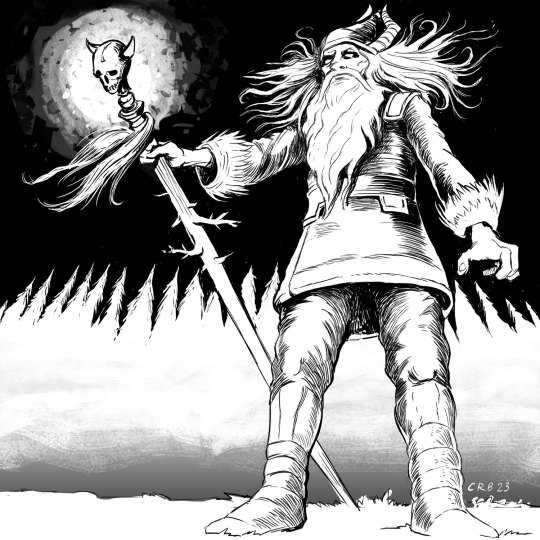
Hello! It’s Inktober 2023 - Day 20 “Frost”. I bring you Father Frost a.k.a Pakkasukko, Morozko, or “Ded Moroz”. He’s an actual holiday-esque figure like Santa Claus, but more truly Jack Frost/dark Russian forest wizard/Mongolian demon guy. Fascinating multicultural character!
8 notes
·
View notes
Text
The Creatures of Yuletide: Grandfather Frost, the Soviet Santa Claus
Grandfather Frost, or Ded Moroz, is a very peculiar character. Even with Soviet Union authorities looking down on Christmas traditions as pure bourgeois and religious propaganda, and initially looking down on him too for the same reasons, he rose in prominence as a symbol of the New Year festivities meant to replace Christmas and is to this day a symbol of Slavic holidays.

Grandfather Frost started his life as a snow demon in Slavic folklore, however, it's worth pointing out that before Christianity arrived the term had no negative connotations.
He was also called Morozko or Ded, and in this form, he appears in Russian Fairy Tales, a collection of tales collected by Alexander Afanasyev. In the story Morozko, or Father Frost, a little girl is abandoned by her wicked stepmother to die in the woods during the winter. Father Frost finds her there, and because the girl is polite and kind to him, he gives her a chest full of beautiful jewels and fine garments. When the greedy stepmother tries to do the same with her daughter in hopes the girl can get the same reward as her stepsister, Father Frost freezes her to death at the foot of the tree and carries her body back to her grief-stricken mother.

Some tales suggest he would kidnap children, and only return them when their parents provided him with gifts.
The character is from pre-Christian times, but under the Russian Orthodox Church, he was transformed.
By the end of the 19th century, Father Frost was a very popular character, appearing in operas and plays, but after the Soviet Revolution, by 1928, Soviet authorities declared Ded Moroz was "an ally of the priest and kulak",
On December 28, 1935, Pavel Postyshev, a Communist Party publicist and member of Joseph Stalin's inner circle, published a letter in Pravda, the official newspaper of the Communist Party of the Soviet Union, in which he proposed to give Soviet children a return to “the atmosphere of fairytale and magic.” While the winter festival was rehabilitated, all religious references were removed. New Year's instead of Christmas became the main holiday, and Grandfather Frost became its symbol.
In 1998, the town of Veliky Ustyug in Vologda Oblast, Russia was declared the home of the Russian Ded Moroz by Yury Luzhkov, then Mayor of Moscow.
Now we need to talk about Snegurochka, the Snow Maiden, his granddaughter, and helper. She's inspired by a tragic character in Slavic fairy tales from the 19th century, where a snow doll comes to life and wants to experience the human world, only to end up melting as consequence.
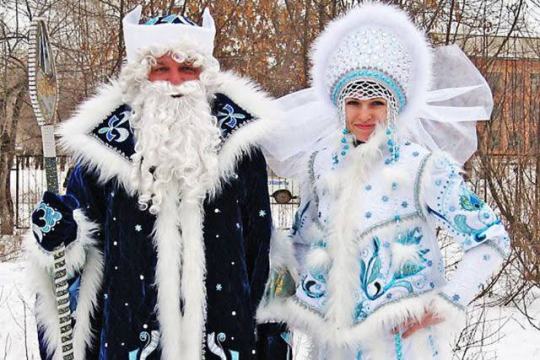
In the play The Snow Maiden by Alexander Ostrovsky, she is the daughter of Ded Moroz and Весна-Красна, Spring Beauty. She wants to leave her parents behind and live in the human world, and her parents allow her to live as a peasant, arranging an adoption by two peasant parents. There she grows to like a shepherd named Lel, but her heart is unable to know love. Her mother takes pity and gives her this ability, but as soon as she falls in love, her heart warms and she melts.
Later this tale was adapted into an opera by Nikolai Rimsky-Korsakov.
And here's a Russian stop-motion adaptation of the story I found online.
youtube
In the late Russian Empire, Snegurochka was part of the Christmas celebrations, in the form of figurines to decorate the fir trees and as a character in children's pieces. When the New Year's celebration was allowed in 1935, she was included.
Usually, former members of the URSS had their variations of Grandfather Frost and the Snow Maiden. After the Soviet Union Collapsed in the early 1990s, people returned to their old customs. Today, Ded Moroz is mostly celebrated in Russia, having gone out of fashion in other countries. Ukraine seems to have shifted from Ded Moroz back to St. Nicholas. There were rumors that Ded Moroz imagery was discouraged by the authorities due to conflict with Russia, but the Ukrainian Ministry of Culture refuted this
@natache @ariel-seagull-wings @thealmightyemprex
33 notes
·
View notes
Text
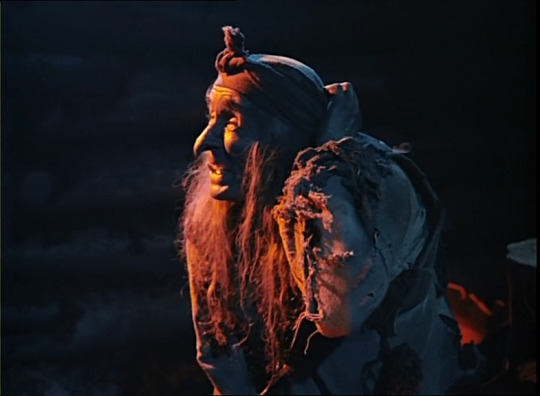

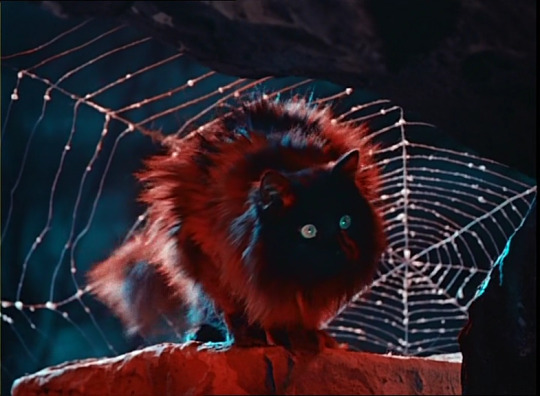


Morozko (Морозко) - Alexandre Rou - 1964 - Soviet Union
34 notes
·
View notes
Text



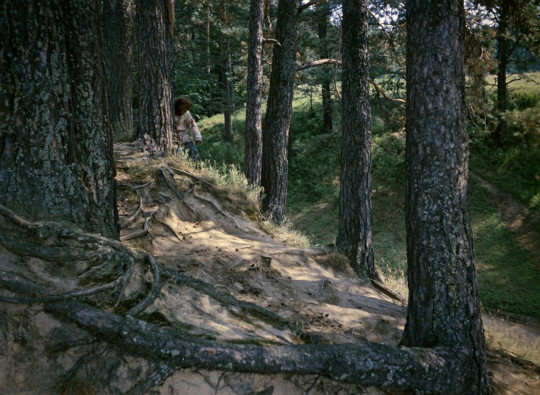


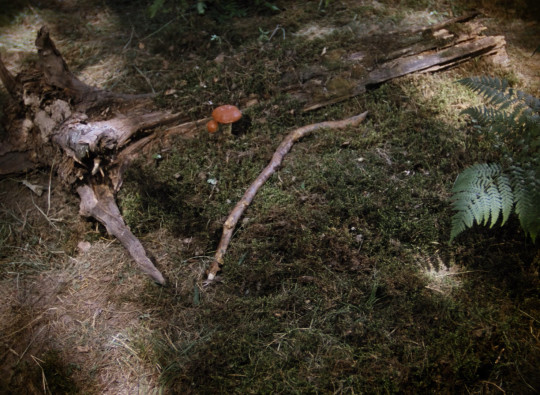
Father Frost, Aleksandr Rou, 1964
#Father Frost#Aleksandr Rou#1964#Jack Frost#Frosty#Morozko#Морозко#Alexander Rou#Soviet Cinema#1960s
7 notes
·
View notes
